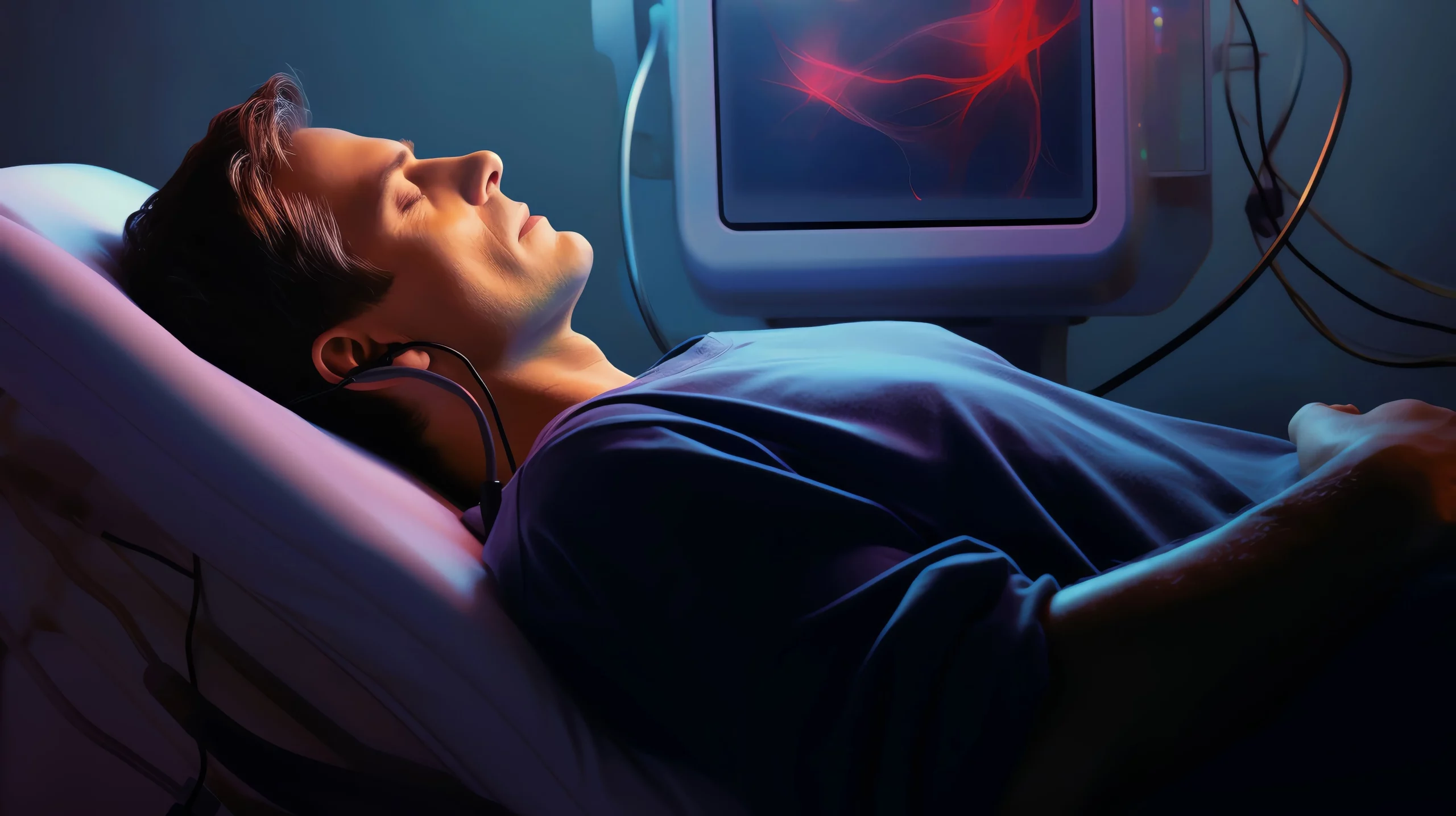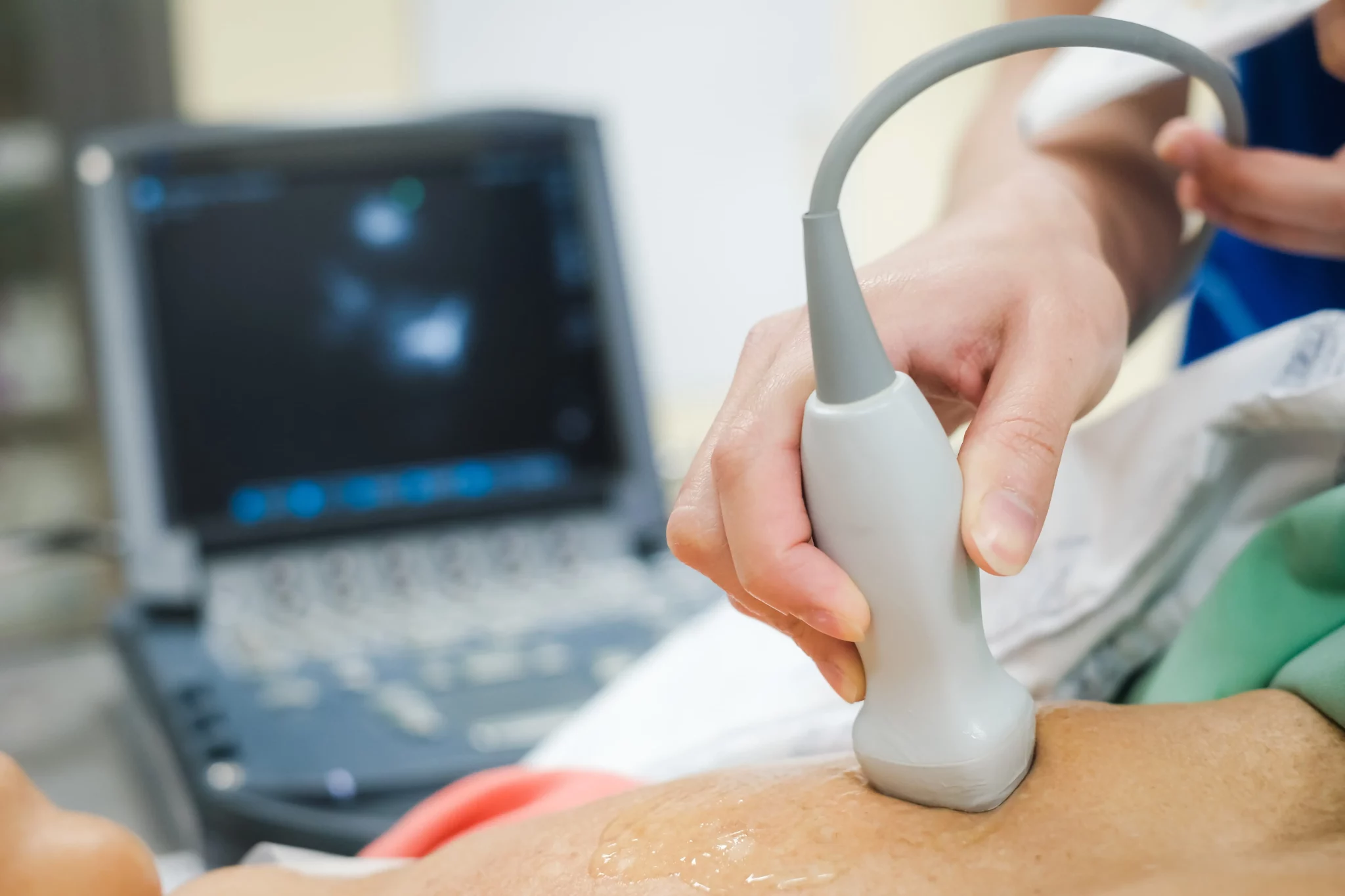The healthcare ecosystem has experienced a huge transition in digital capabilities and patient (and provider) expectations for engaging and unique digital experiences. This paradigm shift has touched every area of the industry, including diagnostic imaging.
Radiology departments must embrace these digital technologies, trends, and approaches in order to effectively and accurately engage patients and deliver exceptional care in localized regions.
Here are three pivotal changes in radiology to continue to watch in 2022 and beyond.
3 Digital Shifts to Watch in Diagnostic Imaging
Workflow Automation
The COVID-19 pandemic severely reduced all healthcare screenings and appointments, and in a study of one urban NYC healthcare system, there was a 58% decrease in ED ultrasounds performed by the radiology department during the COVID-19 time period. This reduction in ultrasounds and screenings reflects the overall lower volume of this type of service in health systems across the country and world.
This has caused a massive backlog of screenings that need to be performed across the entire care spectrum, and facilities can’t keep up with the demand given the ongoing staffing shortage. Radiology is a central component of a value-based care model, and in order to provide superior patient care, radiology departments should continue to adopt workflow automation tools to align management, standardize workflows, and produce high clinical quality standards.
According to one director of radiology services, refilling radiology roles currently takes two to three times longer compared to historical practice. Automated tools like scheduling platforms mitigate some of the ongoing efficiency and staffing issues plaguing the industry by streamlining the process of getting technologists prepared for a scan. This simple and automated approach allows you to maximize your technicians’ valuable time and skills.In addition to workflow automation, the adoption of a shared-service model also supports the efficiency challenges facing radiology departments across the country by providing access to on-call coverage, eliminating costly redundancies, and curbing employee burnout.
AI Integration
The future of healthcare centers around the continued development and implementation of artificial intelligence in clinical settings. It’s already used in numerous applications, such as forecasting difficult-to-detect diseases like acute kidney injury (AKI) and identifying new drug applications. This shift to technology-assisted care spells a bright future for all of healthcare, as the potential for AI remains a vast horizon.
Specifically, the adoption of AI technology in diagnostic imaging continues to increase. U.S.-based radiology providers delivered roughly 20% fewer CT scans in 2020 compared to the previous year, and these providers are now expected to shoulder the increased workload. AI-driven tools help manage operations by assisting new or inexperienced radiologists in practices like detecting subtle lesions or molecular markers in tumors, which allows them to identify potential diseases quickly and move patients into treatment plans.
Another example of new AI-driven radiology practices is a tool called TRACE4BDensity, which measures and classifies breast density in mammograms beyond what the human eye can see. Additionally, AI can alleviate administrative tasks, which helps radiology technologists focus on the work they are trained for – performing scans, supporting radiologists, and facilitating optimal patient care.
These and other advancements highlight the many benefits of AI integration in diagnostic imaging, including
- Early intervention through condition identification
- Reduction of scan times
- Improved image quality
- Guiding and steering of radiology technologists
- Automation of other tasks
Bibb Allen, MD, FACR, CMO of the American College of Radiology’s Data Science Institute, says “While AI for imaging will not come all at once, early adopters of AI in their practices will be ready to be future leaders in health care.”
The full potential for AI and machine learning development remains untapped and it’s necessary to partner with a vendor that can champion new technologies for your radiology department, help you effectively navigate an increase in imaging volume, and promote healthy outcomes for your patients.
At-Home Care
Due in part to the patient-provider disconnect caused by the COVID-19 pandemic, hospitals and other care facilities need to develop next-generation ecosystems and models for care that focus on deepening and strengthening these relationships. The pandemic hastened the adoption of telehealth services and many people now choose to fully receive virtual care, yet a recent survey showed that 61% of patients want better patient engagement in their health journey. Providers need to offer options that can support this duality of care.
Where care is actually delivered has changed – more people than ever receive care within their own homes, including radiology scans, like ultrasounds and echocardiograms. Patients’ expectations have shifted, and they want convenient, flexible, and frictionless service in every area of their healthcare experience.
Radiology departments need to prioritize the delivery of services within people’s homes and make scans more accessible for all patients. To broaden your reach and create value, continue to engage with patients on a personal level and guide them to the best imaging options for their specific health journeys.
Ready to Embrace the Future of Diagnostic Imaging?
At Roshal Health, our comprehensive diagnostic imaging solutions cover a wide variety of scheduled and on-demand services, like echocardiograms, ultrasounds, and CT scans.
We’ve partnered with facilities and healthcare professionals across the nation to bring care to patients wherever they are, even within their own homes. Our easy-to-use scheduling application fits seamlessly into your services scheduling workflow and notifies you in less than five minutes when a technologist is en route and when, specifically, you can expect them to arrive.
As the radiology industry undergoes a pivotal digital transformation, Roshal Health will continue to develop and implement a market-defining approach to diagnostic imaging services. To discover how our end-to-end shared services model offers a hybrid of scheduled and on-demand services, review our Diagnostic Imaging Solutions or contact us to get in touch with a member of our team.




